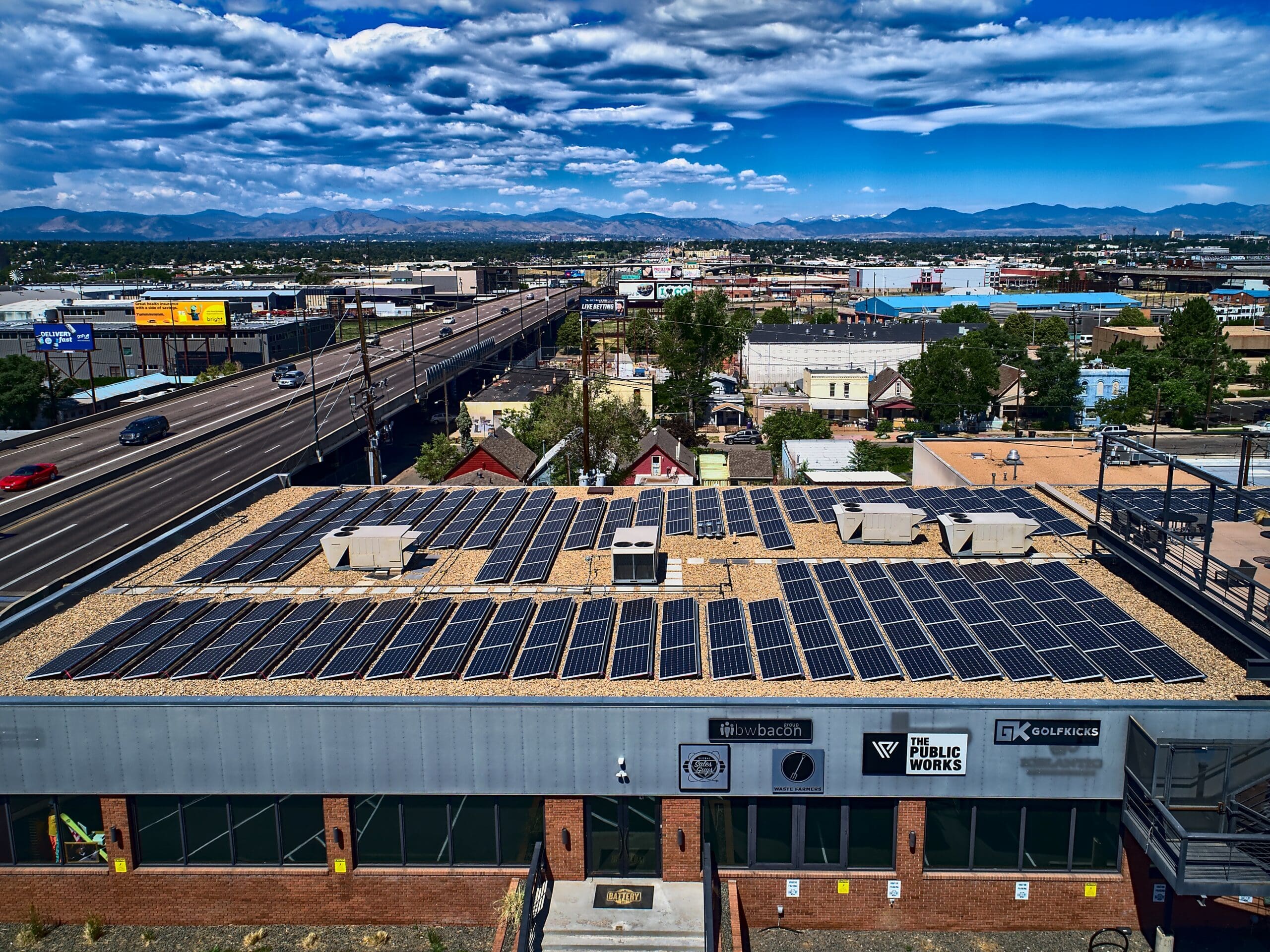
By Rachel Mountain
The below is relevant to all commercial properties but is most straightforward and pertinent to owner-occupied and gross lessors:
As commercial property owners, you have a lot to manage, so electric rate changes might not be top of mind. Recently, Xcel implemented a rule change in the demarcation between Secondary General (SG) and Commercial (C) rate customers. Switching to the C-rate introduces the potential for saving money.
What is the rule change?
Businesses are commonly billed on Xcel’s SG-rate, whereby companies are charged for both energy in kilowatt-hours (kWh) and demand in kilowatts (kW – the maximum power drawn from the grid during the billing period). The other common commercial rate, the C-rate, charges customers only for energy (kWh) consumed. While the price of a kWh is higher on the C-rate, the lack of any demand charges can outweigh those increases, and in some cases significantly reduce the total electric bill.
Previously, to qualify for the C-rate a business’ measured demand could not exceed 25 kW in the last 12 months. Now, the threshold is 50 kW. Note: if measured demand ever exceeds 50 kW, Xcel will automatically switch the customer back to the SG rate. Customers will then have to remain below 50 kW for 12 consecutive months before they are eligible for the C-rate again. So, monitoring past and future consumption is an important part of the decision to switch.
How can I maximize C-Rate benefits?
On the C-rate, Xcel charges only for kWh consumed from their grid, so anything that reduces your usage or eliminates the need to buy it from Xcel will reduce your bill. Energy efficiency and conservation can reduce your usage, and on-site solar can eliminate it! The product of a solar system is kWh, so a system designed to offset all your annual kWh will significantly reduce operating expenses.
As an example, an SG customer in a 20,000 ft 2 single-story office with an average monthly usage of 7,700 kWh and demand of 32 kW would save $350 per year simply by switching to the C-rate. By adding a 75 kW solar system, the same customer would save $13,000 on their electric bills and would generate $4,000 in Renewable Energy Credit (REC) payments from Xcel in year one. Additionally, businesses can capitalize on the solar Federal Investment Tax Credit and Bonus Depreciation (amounting to 47% or more of the investment), as well as other benefits of “green buildings.”
Remember: The advantages of solar apply to both owner-occupied and leased spaces. With 12 months of utility bills, a local solar expert can help you determine if the C-rate and/or solar is appropriate for your building.
Rachel Mountain is co-owner and commercial solar project developer – Namaste Solar. Namaste Solar’s purpose is to transform energy and transform business. The company’s experienced solar advisors will help you understand your project goals, timelines, and milestones. Look at their extensive commercial experience and see how they measure up.
Photo courtesy of Namaste Solar









